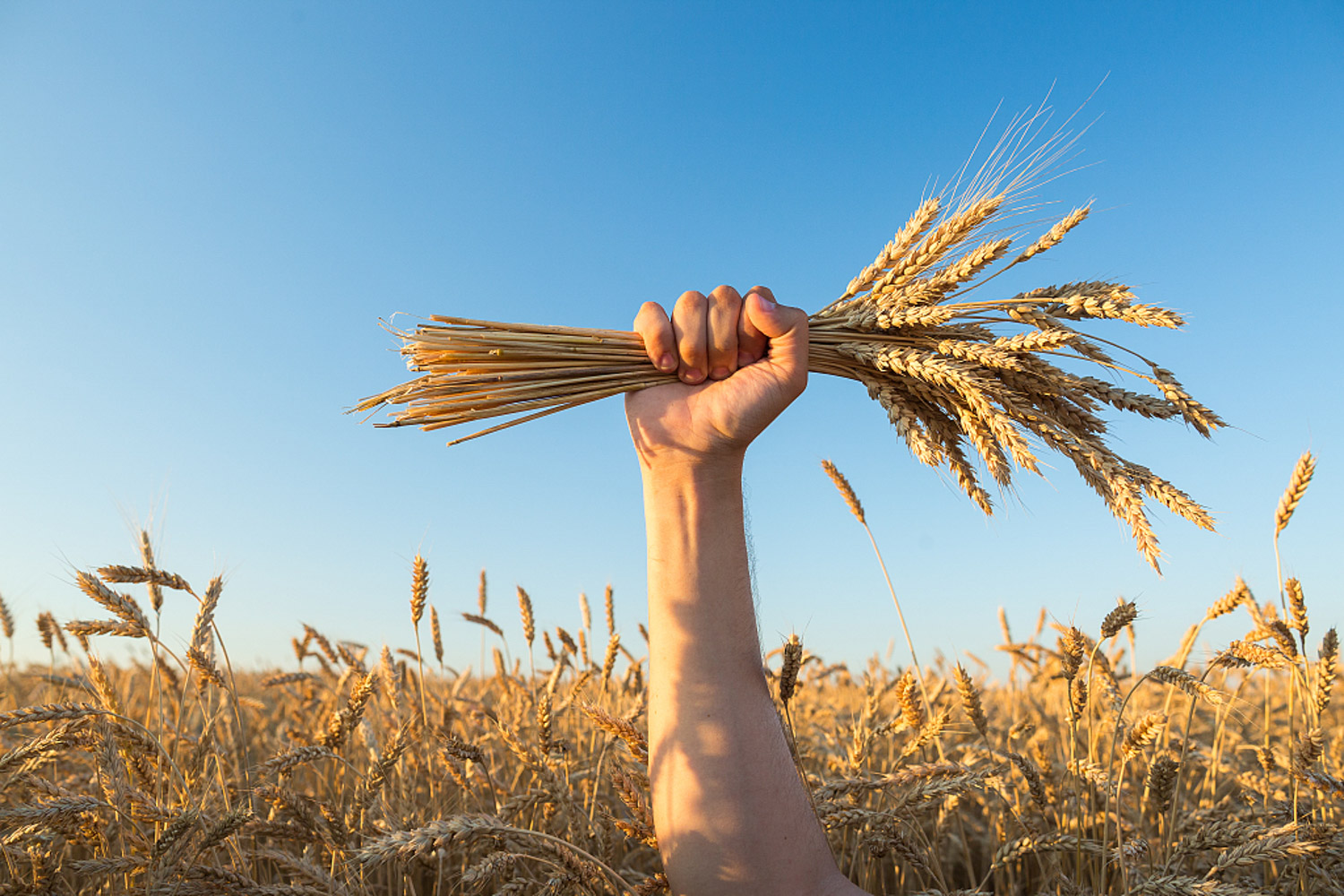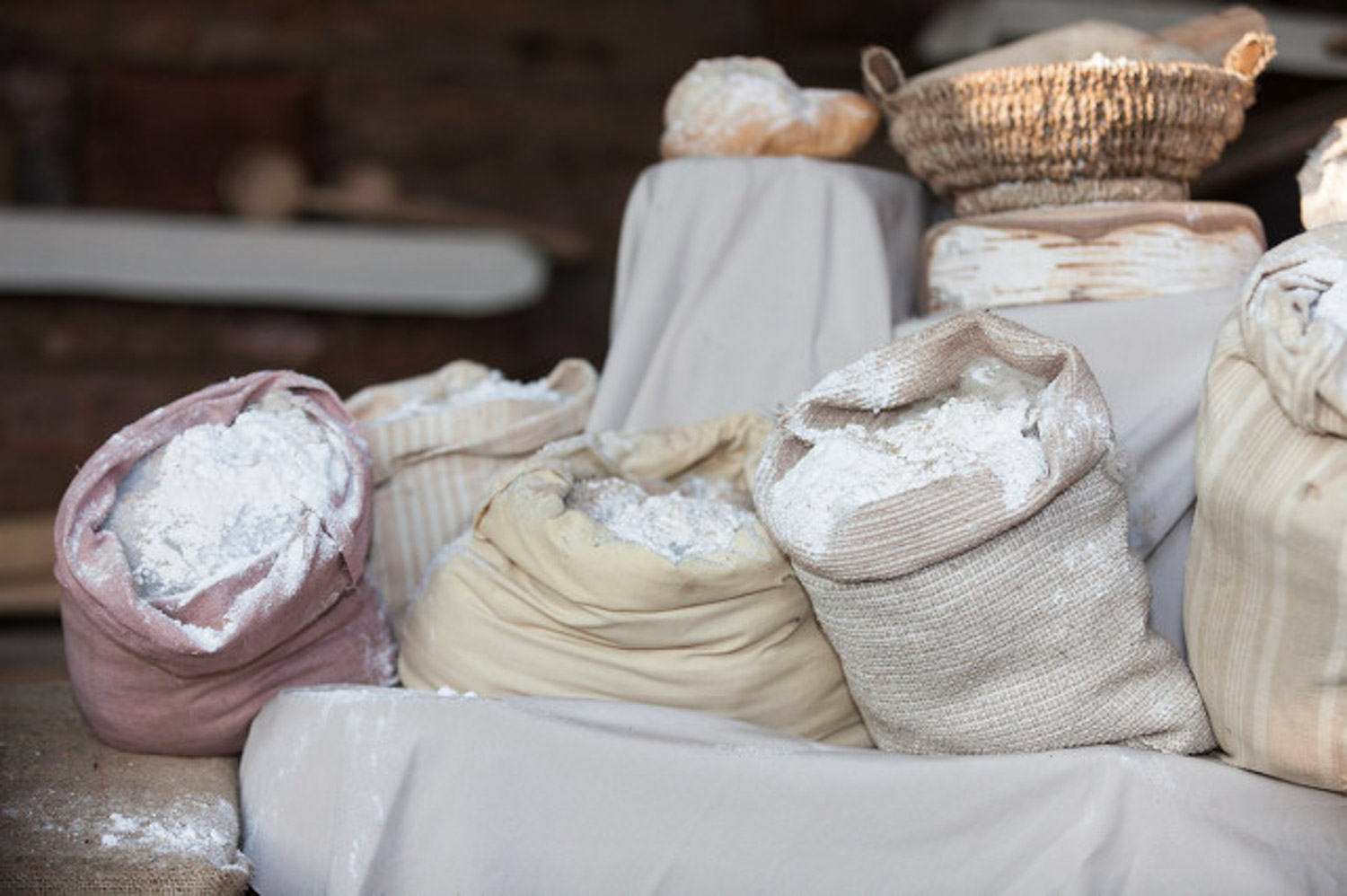1. What is wheat
Wheat is the general name of wheat plants. It is an annual herb, which is widely distributed. It is one of the three major cereals and has a very long planting history. Almost the whole plant of wheat can be eaten. It is rich in starch, protein, fat and minerals, calcium, iron, thiamine and so on. It generally grows in the environment with deep soil layer, and has certain requirements for water and nutrients in the soil. It belongs to a crop with long sunshine. It should be guaranteed to have eight to twelve hours of sunshine every day

2. What is the difference between and rice
Plant difference: the stem of wheat is upright and tufted, with six to seven nodes, a height of 60 to 100 cm and a diameter of 5 to 7 mm. The sheath of its leaves loosely wraps the stem, the tongue is membranous, the length is about 1 mm, and the leaves are long lanceolate. The stem of rice is also upright, but the height is about 30 to 100 cm. The leaves are in two rows of alternate states, in a linear lanceolate shape

Flower difference: the inflorescence of wheat is spike like and erect, with a length of about 5 to 10 cm and a width of about 1 to 1.5 cm. The spikelet contains three to nine flowers. The panicle of rice is a panicle, which is relatively loose. Its spikelets are oblong, flattened on both sides and contain three small flowers
Fruit difference: the fruit of wheat is caryopsis. The pericarp is yellowish brown, oblate or oval in shape. The two ends of the fruit are sharp or blunt, with starch grains inside. The powder of the fruit is white, mixed with small pieces of yellowish brown peel. The fruit of rice is caryopsis, the lemma is navicular and has a short awn


 jackfruit
jackfruit snake plant
snake plant hibiscus
hibiscus hydrangea
hydrangea lavender
lavender Green roses climb al...
Green roses climb al... If you don't pay att...
If you don't pay att... Management of four g...
Management of four g...



































